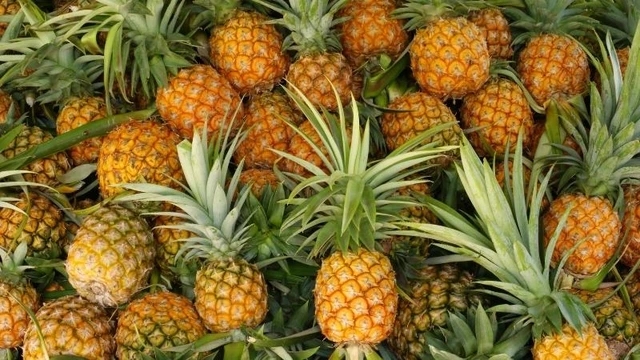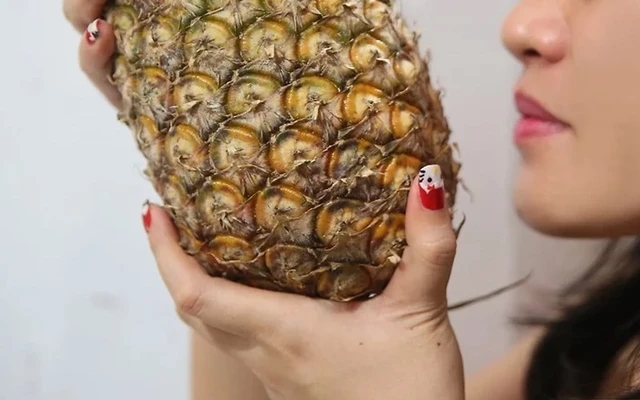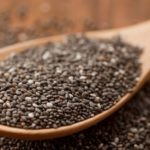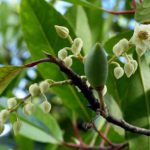Pineapple, also known as the tropical fruit, is a popular and beloved fruit due to its sweet taste and health benefits. However, many people still don’t know how to choose a good pineapple.
Should you choose a long or round pineapple?
A common mistake when choosing a pineapple is opting for a long one instead of a round, short one. While long pineapples may look more appealing to some, they are not the best in terms of quality and taste.
Round and short pineapples tend to have thicker flesh, are juicier, and have a sweeter taste compared to long ones. Additionally, short pineapples are considered to be more evenly ripe and taste better.
So, when buying a pineapple, avoid the long ones. Instead, go for the round and short ones to ensure the best taste and quality.

Apart from the shape, there are other factors to consider when choosing a pineapple to determine if it’s ripe and tasty. These include color, texture, scent, and weight.
6 Tips for Choosing a Sweet and Ripe Pineapple
1. Color
The color of a pineapple is the first important factor to observe. Ripe pineapples usually have a uniform golden yellow color from the stem to the base. Look for a pineapple with a bright yellow stem, and fresh green leaves at the crown, indicating a fresh and tasty fruit. If you spot dark brown spots or a bronze hue, it may indicate over-ripeness, so it’s best to avoid those.
2. Firmness
According to experts, you can test the ripeness of a pineapple by gently squeezing it. A ripe pineapple will have a slight give to it, neither too hard nor too soft.
3. Scent
Smelling the pineapple is a simple yet effective way to gauge its ripeness. A ripe pineapple will emit a sweet, fragrant aroma from its base. If it has no scent or smells sour, it may be unripe or overripe.

4. Weight
Judging the weight of a pineapple can also help you choose a sweet one. Heavier pineapples tend to be juicier and sweeter. Another trick is to gently pull on the leaves; if they come out easily, the pineapple is likely ripe and ready to eat.
5. Spacing of the Eyes
The larger and more spaced out the eyes of a pineapple are, the sweeter it tends to be. Look for pineapples with larger eyes that aren’t too close together. This indicates thicker flesh, reducing waste when peeling. Large and spaced-out eyes also suggest that the pineapple ripened naturally and wasn’t treated with chemicals.
On the other hand, if the eyes are small and close together, the pineapple is likely to be less sweet and have thinner flesh. Sometimes, small and close-set eyes can also indicate that the pineapple isn’t fully ripe.
6. Freshness of the Leaves
Fresh, vibrant green leaves are a sign of a freshly picked, tasty pineapple. Leaves that are yellow or brown, especially at the crown, may indicate over-ripeness or a lack of freshness.
In some cases, if the leaves at the crown can be easily pulled out, it’s a sign that the pineapple is evenly ripe. However, if the leaves fall out too easily, it could mean that the pineapple is starting to spoil.
Additionally, avoid pineapples with odd shapes, small sizes, or signs of damage like mold, leaking juice, or cracked skin. It’s also best to steer clear of pre-peeled pineapples as you can’t be sure of their freshness and quality.
With these tips in mind, you’ll be able to select ripe, sweet, and fragrant pineapples, ensuring a delightful and nutritious eating experience.
According to The Messenger





































